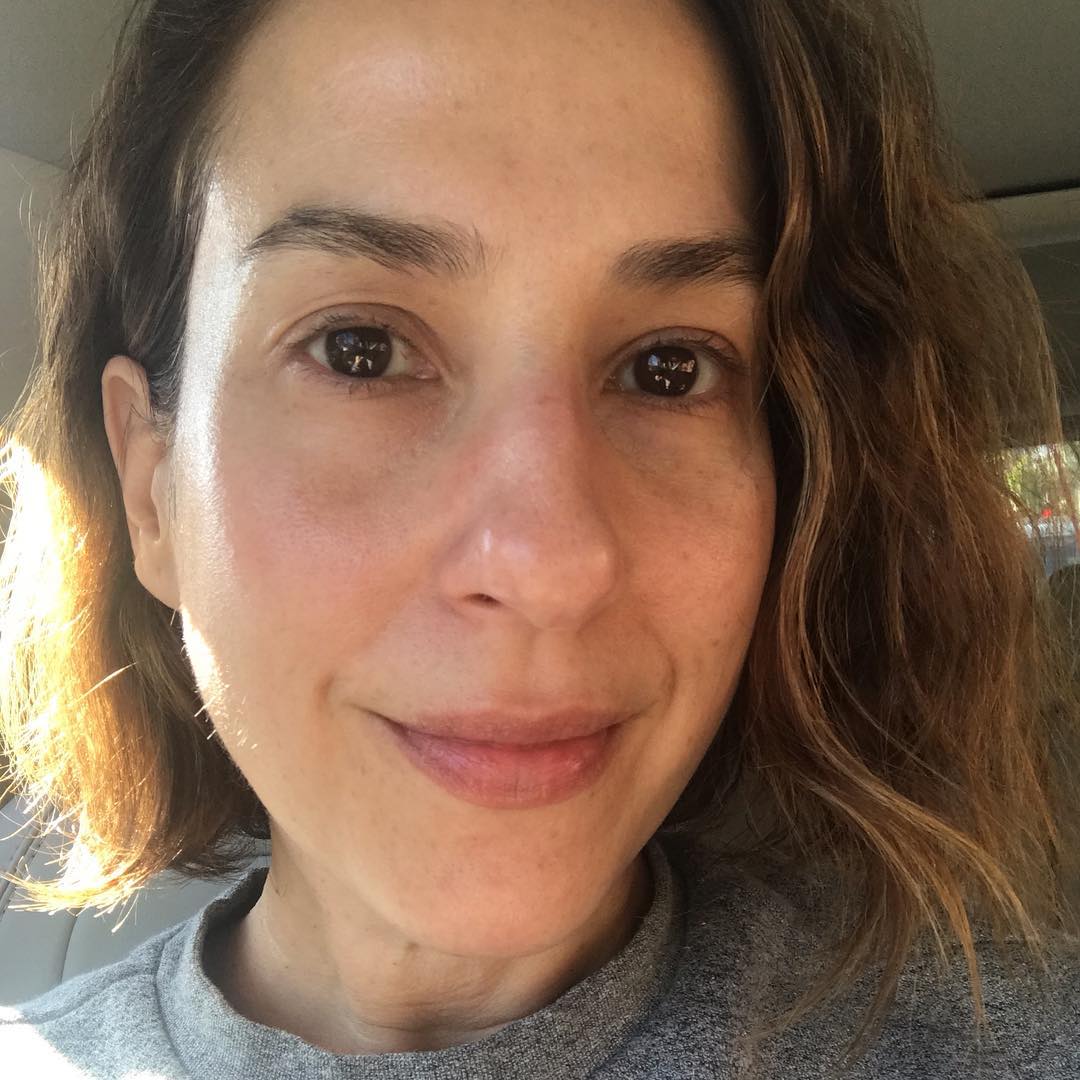
She ordered all the mahouts off the truck.
#AHA MOMENT DRUNK ELEPHANT DRIVER#
Lek called out to the driver and the truck pulled over. Her trunk, a dry, gray hose, was mashed up against a beam of the truck bed. Noi Na, who had not been eating or drinking water, was hit with heatstroke. We were 20 hours into a 23-hour rescue when the journey soured. The second time I experienced that fraught calm before the storm was 2½ years later, sitting in the bed of a truck with Lek and an 8,000-pound elephant, plowing down the superhighway in Thailand to a sanctuary while filming my documentary, “ Love & Bananas: An Elephant Story.” I was lucky enough to be part of the rescue of a 70-year-old partially blind elephant named Noi Na. Asian elephants are the elephants people are most familiar with because they’re used in zoos, circuses and elephant rides, yet no one knows what this species is truly facing. In addition to being hunted for their body parts, Asian elephants are also used for commerce: in logging operations and trekking camps. The discrepancy is so large because while African elephants are threatened by ivory hunters, Asian elephants have to contend with a disappearing habitat due to a boom in development and agriculture. To put the Asian elephant crisis in perspective, there are 415,000 African elephants in the world, but only around 45,000 Asian elephants, with a third of those in captivity. It’s important to know that silence about the crisis of the Asian elephant has contributed to its becoming an endangered species. We ended up having to pay the soldiers a thick wad of US dollars for our freedom to leave.Īshley Bell and an Asian elephant during filming for "Love and Bananas." Courtesy "Love and Bananas" Keeping her eyes on the action but with a serene smile she said, “Just keep filming. Lek had positioned the barrel of her lens straight ahead to keep the soldiers, their guns, and every move they made in her sights. This was not the first time Lek had been in this situation. But when I glanced over at Lek, she had her hands delicately folded atop a DSLR camera hanging around her neck. While on that first day, my fear of the men with AK-47s, coupled with nausea from the helicopter ride, caused me to throw up.

Lek is dedicated to making sure that people know. I was relieved to be on the ground, but within seconds we were surrounded by Cambodian military outfitted with camouflage fatigues, flip-flops, Rolex watches and AK-47s. The helicopter carrying us had just been cleared to land.

In 2010, she was honored by Secretary of State Hillary Rodham Clinton as one of six Woman Heroes of Global Conservation and recently she spoke at the United Nations’ Global Pact for the Environment summit.

In 2005, Lek was honored by Time Magazine as a “Hero of Asia” for her work to protect Asian elephants. The bond that developed between Lek and Tong Kam sparked a love and respect for elephants that have shaped the course of her life. In return for saving the life of a young man, her grandfather, a shaman or traditional healer, was given an elephant named Tong Kam, meaning Golden One. Sangdeaun Chailert, also known as Lek, which means “small” in Thai, was born in Thailand in 1962. The scene illuminated how rapidly wild spaces for elephants are disappearing. We flew over acres of clear-cut land and through plumes of smoke from burning trees. We’d taken a helicopter over the Cambodian jungle to survey the severity of the deforestation that was plaguing an elephant sanctuary there. I felt that danger the first day I met world-renowned Asian elephant conservationist Lek Chailert.


 0 kommentar(er)
0 kommentar(er)
